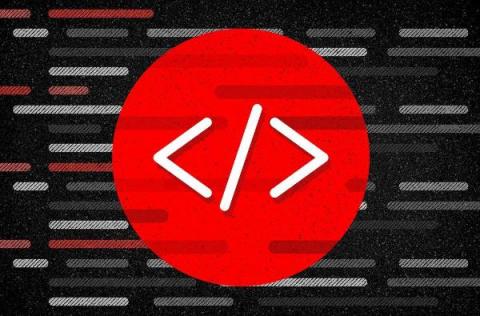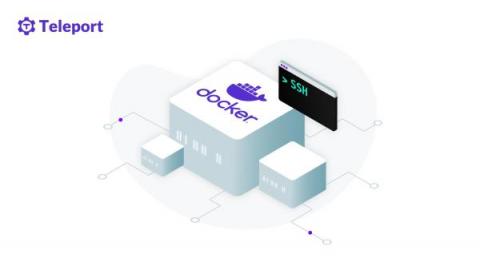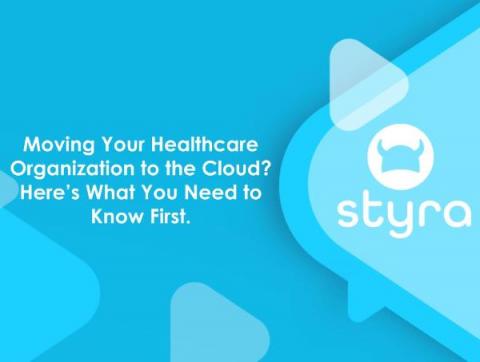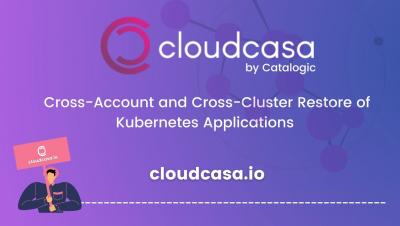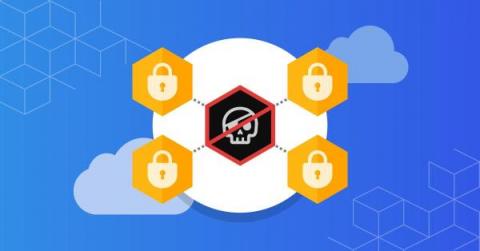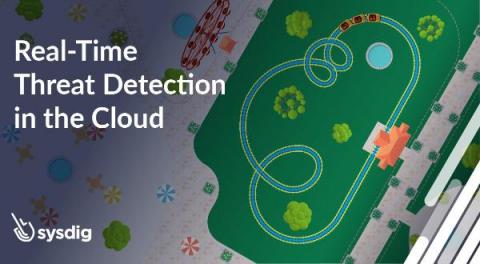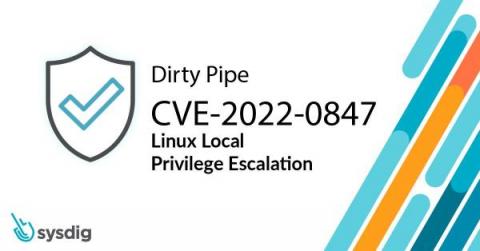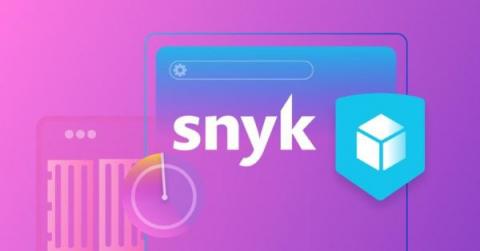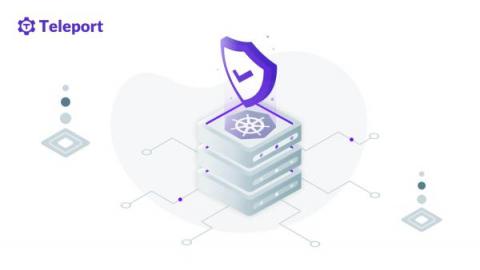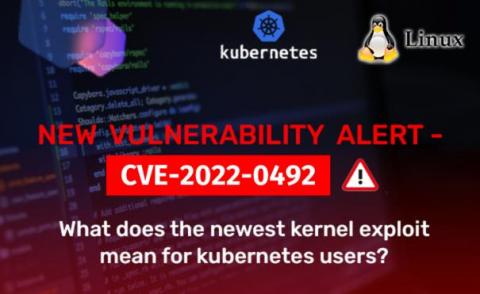cr8escape: New Vulnerability in CRI-O Container Engine Discovered by CrowdStrike (CVE-2022-0811)
CrowdStrike’s Cloud Threat Research team discovered a zero-day vulnerability (CVE-2022-0811) in CRI-O (a container runtime engine underpinning Kubernetes). Dubbed “cr8escape,” when invoked, an attacker could escape from a Kubernetes container and gain root access to the host and be able to move anywhere in the cluster.


